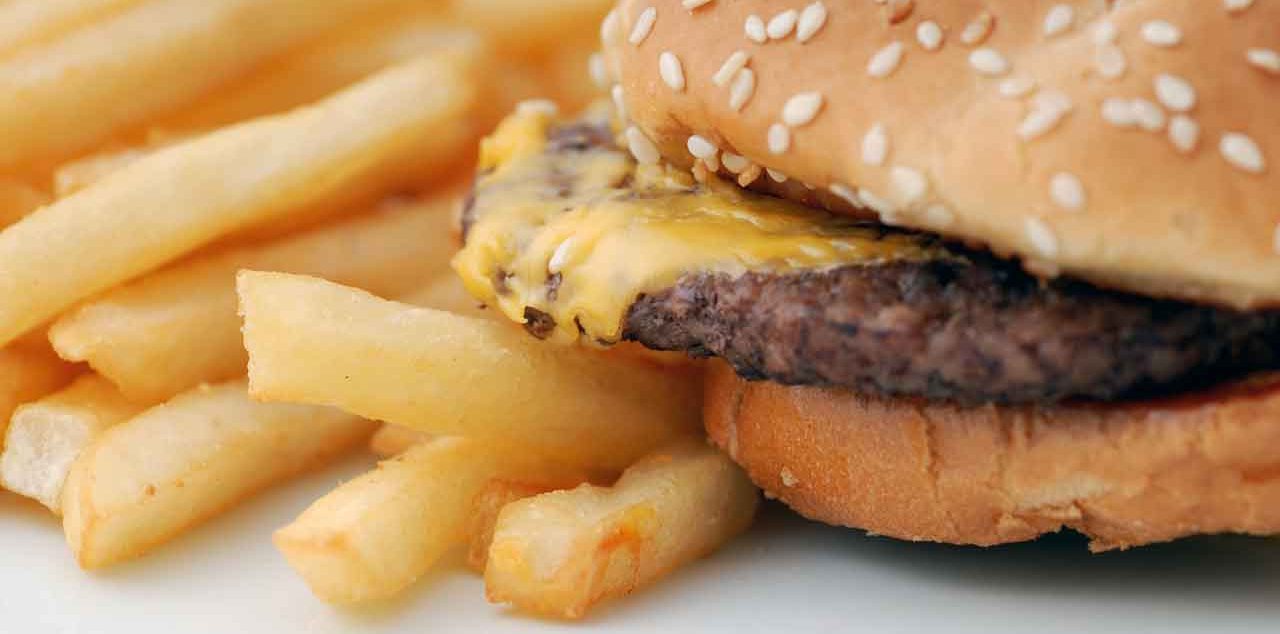Ban on Foods with Trans Fats Improves Health

New York counties that barred foods with trans fats in restaurants have seen positive health results, such as fewer heart attacks and stroke, from 2003 to 2012.
Hospital admissions for heart attack and stroke dropped in areas that put in early restrictions on trans fatty acid foods.
Beginning in 2007, New York City banned trans fatty acid foods in restaurants and bakeries. When researchers at Yale analyzed local hospital admissions for stroke and heart, they found that the ban cut the admission rate by more than 6 percent, after three years, compared to the rate in similar counties without the ban.
Trans fatty acid, also known as trans fat, is a solid produced by treating liquid oil with hydrogen gas — hence it also goes by the name partially hydrogenated oil. The artery-clogging fat became popular with food manufacturers, bakeries, and restaurants in the 1960s, as a cheaper alternative to butter. Foods with trans fats had a longer shelf life than they’d have with liquid oil, and the fat had a neutral taste when used for frying.
YOU MIGHT ALSO LIKE: Banning Trans Fats May Save Thousands of Lives a Year
Many popular products — notably frostings, microwave popcorn, packaged pies, frozen pizzas, margarines, and coffee creamers — are foods with trans fats. Steer clear, especially if you are concerned about your cholesterol: studies show that the fat both raises the “bad” (LDL) cholesterol and lowers the “good” (HDL) cholesterol levels in your blood, increasing your risk of heart disease by as much as 23 percent.
In 2006, the Food and Drug Administration (FDA) ruled that manufacturers must list artificial trans fat on the nutrition label above 0.5 grams per “serving.” But people often eat much more than the serving size chosen by the manufacturer, and even small amounts of trans fats can add up. To avoid them, you need to actually look at the ingredient list, rather than the nutrition label, checking for “partially hydrogenated oil.”
You’re less likely to encounter foods with trans fats in major national chains than a decade ago. Following New York’s action, California, Cleveland, and Philadelphia also instituted bans in restaurants and other eateries. Major chains, including McDonald’s, found substitutes. So did Crisco, the original vegetable shortening that inspired the popularity of trans fatty acid foods.
The FDA gave the food industry three years to cut out partially hydrogenated oil in commercial foods, with a deadline of June 2018, unless a company wins an exception. Without trans fats, real butter may appear in movie theaters for popcorn, and you might see more coconut oil in creamers.
This “nationwide trans fat ban is a win for the millions of people at risk for cardiovascular disease,” says Eric Brandt, MD, coauthor of the hospital admission study and a clinical fellow in cardiovascular medicine at Yale School of Medicine. The FDA estimates that it could prevent 20,000 heart attacks and 7,000 deaths from heart disease each year and save an estimated $140 billion over 20 years in healthcare costs.
Consumption of trans fats fell by 78 percent from 2003 to 2012, partly as the result of the FDA’s 2006 ruling. Consumption of saturated fats in packaged baked goods has increased, but saturated fats are less dangerous, says Barry M. Popkin, a nutrition epidemiologist at the University of North Carolina at Chapel Hill.
Besides trans fat, if you are concerned about your heart health, you might also steer clear of foods that are high in L-carnitine and choline, which lead to a side product that is a key danger sign for heart attacks. Note that L-carnitine is often added to energy drinks and is sold as a supplement, sometimes for weight loss — stay away! Beef and lamb are high in L-carnitine. Egg yolks also are high sources of choline.
YOU MIGHT ALSO LIKE: How to Understand Those Confusing Nutrition Labels
Updated:
March 02, 2020
Reviewed By:
Janet O’Dell, RN